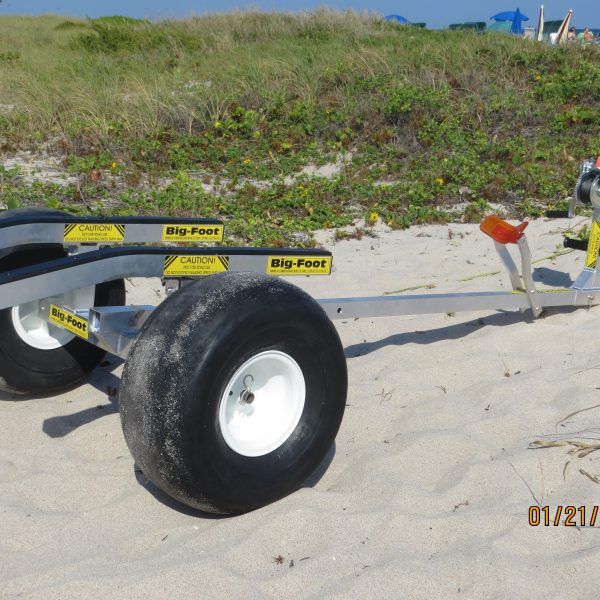HOW TO HAUL YOUR MACHINE
1. Ron Murphy hauls his quads with a trailer that can load from either side. The gates fold down and become ramps. He pulls it with a mid-size SUV.
2. A stylish way to haul your quad is in a classic Chevy El Camino with a V-8, custom paint, and chrome mag wheels. This is how Andre Kok does it.
3. You don’t need a big truck to pull an ATV trailer. An Econo car-like Brandon Hardin has here will work just fine as long as it has a strong trailer hitch mounted to the chassis.
4. A four-door pickup truck is considered the dream tow vehicle by most people. Chris Bodkin’s Chevy Avalanch here has plenty of room for crew with gear in the back. His double axle trailer is able to haul plenty of weight.
HOW TO HAUL YOUR MACHINE
5. David Pinnock has a trailer here big enough to carry the whole family’s quads and UTV. The number one rule is Big family, big trailer.
6. I don’t need no stinking trailer, says Bryan Welch. He can get his YFZ450 flat-track racer to fit in the back of his family van. For taller quads, you can use a tie-down to compress the suspension and also rotate the handlebars down.
7. Michael Macauley here has a trailer just big enough to fit his RZR on it. That means he can keep it parked in his garage. Having a place to stow a trailer can be a problem for some people.
8. Steve Harrison’s single axle trailer is okay for hauling lightweight three-wheelers. However, if he was hauling two UTVs he’d probably want a dual axle set up.
9. Derek Mission keeps it simple and low-budget with his rig here. This is fine as long as you don’t have to drive down muddy roads to park and unload.
HOW TO HAUL YOUR MACHINE
10. A couple of sport 450s and a Raptor 700 is the perfect formula for a fun day. This is what it looks like when Guero Torres and his buddies go riding.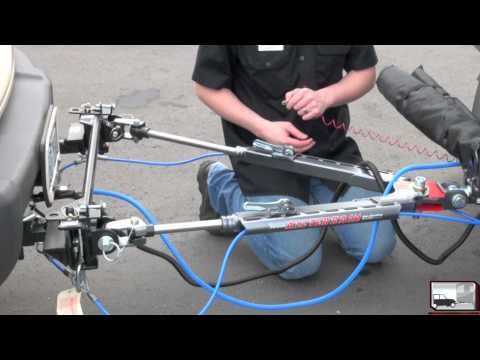
11. Leave no rider behind: A school bus and a long trailer are one way to get everyone to the riding park. It can also be used as a camper. This one belongs to Jonathan Love.
12. This is how Ryan Volk gets his machines to the riding areas. With this much weight, you’d want the trailer to have brakes. They’re usually electrically operated, but some use surge brakes which are typical of boat trailers.
13. Adam Potts likes to bring his pop-up camper for extended weekend rides. He just needs to have long loading ramps to get his DS450 up on top.
14. Anthony Bradford doesn’t believe in having a tow vehicle that’s worth more than his Raptor and trailer. He goes fast on the trails, but not necessarily on the way there.
HOW TO HAUL YOUR MACHINE
15. The dunes is a fun place to go when you have a few quads and a dirt bike loaded up. This is how Barry Burkey does it.
16. Jason Harper can keep his quad on the trailer in the garage and simply back his car up to it, hook up, and be on his way riding very quickly.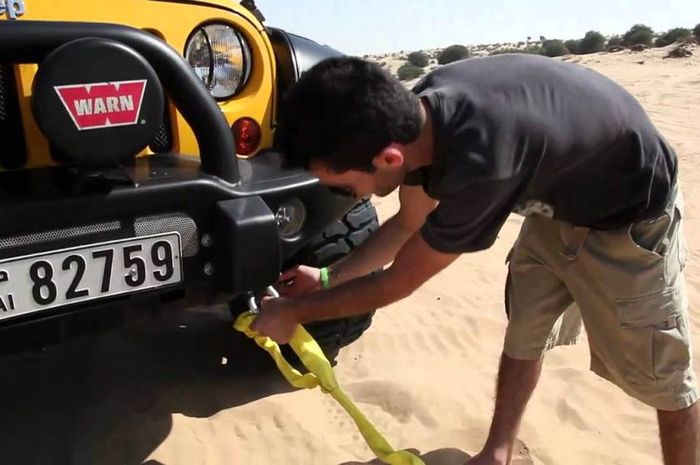
17. Charlie Given has the option of putting a quad on the trailer along with his RZR.
18. Josh Mecham set up his truck to carry his RZR so that he can also tow his big camper trailer. All the comforts of home even when spending a week out in the middle of nowhere.
19. You can buy trailers of different lengths and Ole Spiering has one here that just barely gets the family machines to fit.
HOW TO HAUL YOUR MACHINE
20. Some people don’t want to drive a big pickup truck around town all the time just to tow a trailer a couple of times a month. As Mike Thompson shows here, even a small sports car can tow a sports quad and trailer.
21. Tony Scott rents a trailer to go riding. In the long run, this can actually be cheaper than buying a truck for 40 grand.
22. Scott O’Brien hauls his Grizzly on this small trailer you can get from a Home Depot-type store without spending much. However, the little tires are more likely to go flat, so you certainly want to carry a spare (or two. ) Also, the wheel bearings are worked harder and need to be replaced more often.
) Also, the wheel bearings are worked harder and need to be replaced more often.
23. Sport quads allow you more options on how to arrange them on a trailer. As Demetrios Benetos illustrates here you can stand three up and haul them on a shorter trailer.
24. Fernandez Lopez pulls his Ranger with his family van. For long weekend rides it’s good to have a buddy with a nice camper trailer.
HOW TO HAUL YOUR MACHINE
25. Side-loading trailers have wider beds so that you can haul three 4×4 quads as Harry Matz show here.
26. UTV racing doesn’t have to be expensive. The first rule is don’t blow a ton of money on your tow rig. Keep it simple like Scott Townsend here.
27. Glenn Burkey has a good rig here to get a couple of quads to the riding park. Just need to stop for some ice and drinks to put in the cooler.
28. Jonathon James worked at it for a while, but he did manage to get his Honda 400EX loaded inside his minivan and close the rear door.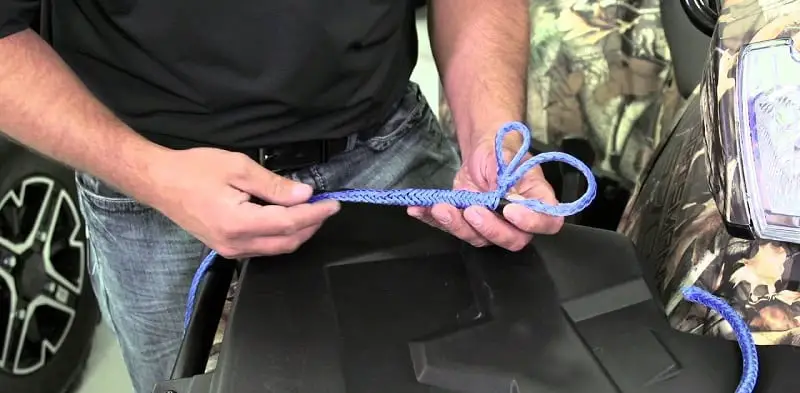
29. A Ram truck is what Justin Goldsmith uses to pull his Can-Am X3. It has enough power to tow the rig up into the mountains.
HOW TO HAUL YOUR MACHINE
30. Here is what many people might call the ultimate towing setup. Your machine is hauled in a luxury garage while you stay in a luxury motorhome. Trevor Peoples is the lucky owner of this.
31. Gilles Begin uses a Camaro muscle car to haul his machine. He can’t do donuts though when the trailer is hooked up.
32. This is the simple rig Matt Dizzle uses to get his YFZ450 to the riding area. Afterward, he can leave it on the trailer when he stops at the car wash.
33. Chris Trach has plenty of room to haul his Banshee. In fact, he could probably fit five more on there as well.
34. It’s important to position your machine on the trailer to have the proper tongue weight on the hitch. Looks like William Brobst has it figured out here.
HOW TO HAUL YOUR MACHINE
35. “Hey, it looks like my ATC250 should fit up there just fine.” Devin Cantrell just had to go riding.
“Hey, it looks like my ATC250 should fit up there just fine.” Devin Cantrell just had to go riding.
36. Frankie Whitt’s car suddenly had fender flares when he started cranking down on the ratchet tie straps.
GET YOUR $25 GIFT CARD > https://hi-torque.com/product/dirt-wheels-holiday/
To subscribe to Dirt Wheels Magazine in print or digital form click here https://hi-torque.com/product/dirtwheels.
.
Back
Nov. 22 2019 Miscellaneous By ___
Before you can enjoy an adventure with your ATV, you'll need to safely transport it to the trailhead.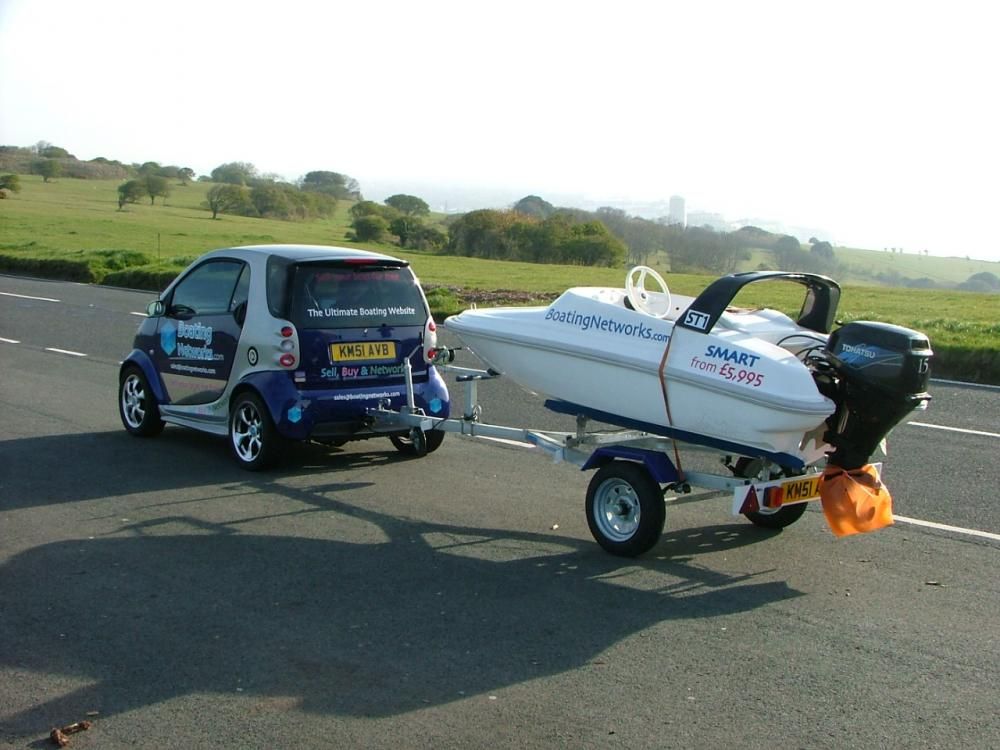 That's where towing enters the picture. Towing your quad isn't a challenging process, but you’ll need to familiarize yourself with all the steps before you can do it properly. Below you'll find a beginner's guide to safely towing your four-wheeler. If you want more tips or want to explore ATVs for sale, head over to Four Seasons Motorsports. Our dealership is located in Payson, Arizona, and we proudly serve those in Phoenix and Mesa, AZ.
That's where towing enters the picture. Towing your quad isn't a challenging process, but you’ll need to familiarize yourself with all the steps before you can do it properly. Below you'll find a beginner's guide to safely towing your four-wheeler. If you want more tips or want to explore ATVs for sale, head over to Four Seasons Motorsports. Our dealership is located in Payson, Arizona, and we proudly serve those in Phoenix and Mesa, AZ.
Before you start the towing process, make sure your tow vehicle can handle the weight of your ATV. It's illegal and dangerous to exceed the weight capacity of your tow vehicle, so be sure you stay within your vehicle's limits.
Your first step is to connect your trailer to your tow vehicle. Position the trailer tongue so that it sits above the height of the ball hitch before backing up your tow vehicle so that the latch is positioned beneath the trailer tongue. Then lower the tongue onto the ball joint. Don't forget to check that it is securely set. Finally, cross the tow chains under the tongue and hook them to the tow vehicle. They should make an "X" shape. If the trailer somehow gets unhitched, the chains will prevent you from losing your trailer.
Then lower the tongue onto the ball joint. Don't forget to check that it is securely set. Finally, cross the tow chains under the tongue and hook them to the tow vehicle. They should make an "X" shape. If the trailer somehow gets unhitched, the chains will prevent you from losing your trailer.
Now that your trailer is ready for your quad, your next step is to load your four-wheeler inside. Make sure your ramp is stable and ready to go. Come at the ramp on your ATV perfectly straight. Once your four-wheeler is inside the trailer, you will want to ensure it is securely tied. A great option is ratchet straps. They allow you to compress the quad suspension and reduce the amount of movement. Once your four-wheeler is secure, shake it from all sides. If you encounter any give or wiggle, you will need to tighten the straps or add more straps.
When you are ready to head out to the trail, you will want to practice some driving techniques to keep your tow vehicle and your ATV safe while on the road. First, try to avoid driving more than 60 miles per hour. Trailer tires tend to not be built for speeds higher than 60 mph, so keep that in mind when selecting your route to your destination.
First, try to avoid driving more than 60 miles per hour. Trailer tires tend to not be built for speeds higher than 60 mph, so keep that in mind when selecting your route to your destination.
Second, leave plenty of room between yourself and other vehicles. The extra weight of your trailer and quad will affect how quickly your tow vehicle can stop. You will need more time and distance to come to a stop, so leave enough space accordingly.
Third, try to keep your speed and direction consistent. Sure, you will have to take turns on your route. But try to avoid taking routes that involve an unnecessary amount of turns. You will also want to limit lane changes. It can be frustrating getting stuck behind a slower driver, but staying in your lane as long as possible is the best way to reduce the risk of harm to your tow vehicle or your four-wheeler. Keep in mind that there are plenty of distracted drivers on the road who might be driving drowsy, texting, and so on. Stay alert and stay safe.
Stay alert and stay safe.
We hope you found this guide helpful. If you want to explore quads for sale, check out the collection at Four Seasons Motorsports. Our expert staff is happy to walk you through the various model options and help you find the right one for your needs, so stop by today!
See All Posts
You agree that the maximum speed will be limited for safety reasons
ATVs must be operated by persons over 16 years of age.
The total load on the ATV must not exceed 150 kg.
While driving, the driver must firmly hold on to the steering wheel, the passenger on the special handles.
When cornering, move (tilt) the body in the direction of the turn.
When tilting the ATV, move (tilt) the body in the direction opposite to the slope.
Always keep your feet on the footrests when moving, even when leaning over.
We provide a free instruction on how to drive the ATV before you start using it.
If you notice fluid leaks and/or other problems, stop the engine immediately and notify your instructor.
If you detect the operation of warning signs on the instrument panel (during the initial briefing, you will be shown control devices that you should pay attention to throughout the trip), immediately turn off the engine and inform the instructor.
Before and after the rental, the ATV is checked in your presence for breakdowns and damages, after which the acceptance certificate is signed.
Ride on a quad bike, always wearing helmets only, protective suits are provided free of charge on request.
In the event of a breakdown or accident, inform the instructor or contact him by phone.
If the ATV is damaged due to your fault, you pay for the cost of repairs and spare parts.
The time spent during the trip to fix problems that occurred through your fault is not compensated.
ATV must be instructed before use;
You agree to follow the speed limit set by the guide (instructor).
Do not succumb to the provocations of other citizens to participate in the race; clashes and other actions that can directly or indirectly cause damage to property and citizens;
Do not interfere with your actions or omissions to comply with these rules.
Drive onto highways and other public roads.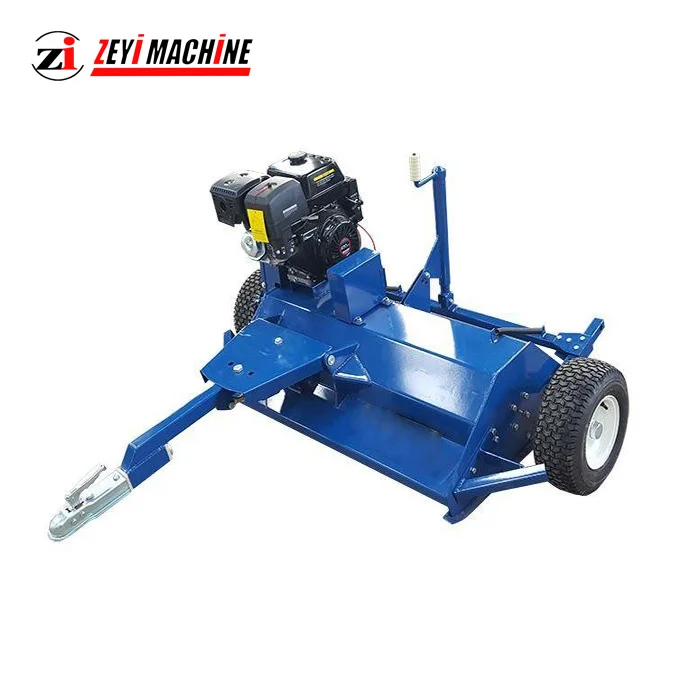
To tow other ATVs, or any other vehicles.
Leave ATV unattended.
Crossing deep water obstacles, driving over fires and areas with smoke or open flames is prohibited.
Gear shifting without stopping the machinery.
Drunk or drugged ATV riding.
Intentional collision with other ATVs.
Intentional collision with obstacles.
Provoking others to collide.
Overtake the instructor and the ATVs in front.
Deliberately fall behind the convoy and then overtake the convoy at high speed.
Do not follow the instructions of the instructor.
Touch moving parts such as wheels, drive shafts, variator pulleys, etc.
Talk aggressively, use profanity, and do anything that might disturb the people around you.
• Do not operate the ATV without a properly sized crash helmet.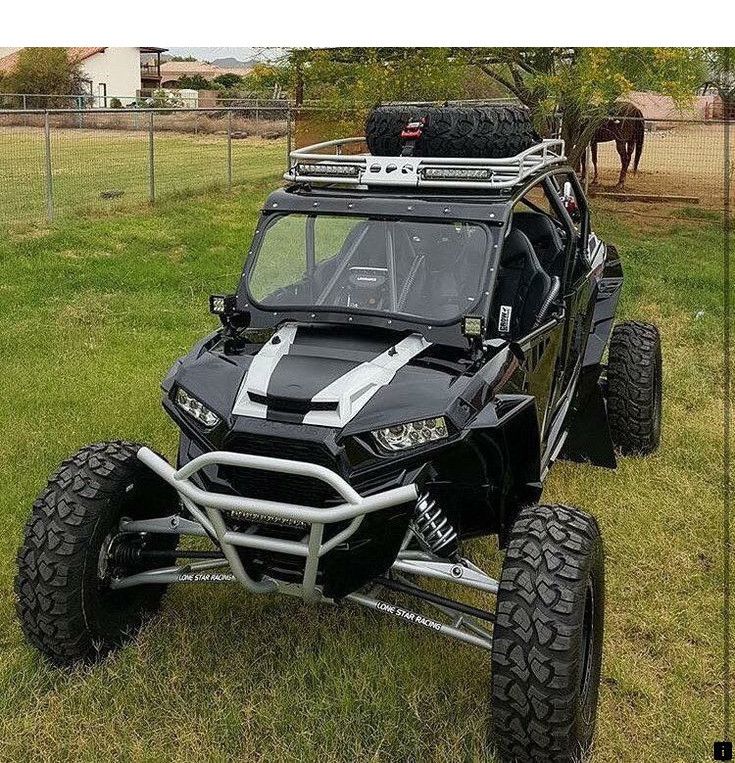 It is also necessary to wear eye protection, (protective mask or goggles).
It is also necessary to wear eye protection, (protective mask or goggles).
• Do not consume alcohol or drugs before or while operating an ATV.
• Always follow the instructions and follow the Instructor's recommendations.
• Before each use, make sure the ATV is in good condition and safe to ride. Always follow the rules and recommendations for driving given in the instruction.
• Always use extreme caution and drive slowly when driving in unfamiliar terrain.
• Always keep both hands on the handlebars and both feet on the footrests while riding the ATV.
• Do not operate the ATV on uneven, slippery, damaged roads until you have learned and gained the practical skills necessary to control the ATV on such roads. Always be extremely careful when driving in such conditions.
• Do not operate the ATV on slopes that are too steep for the vehicle and for your experience. Practice on small descents before moving on to difficult ones.
• Always follow the appropriate instructions from the Instructor when entering the hill, check the road surface first, never enter the hill on a road that is too slippery or has a damaged surface.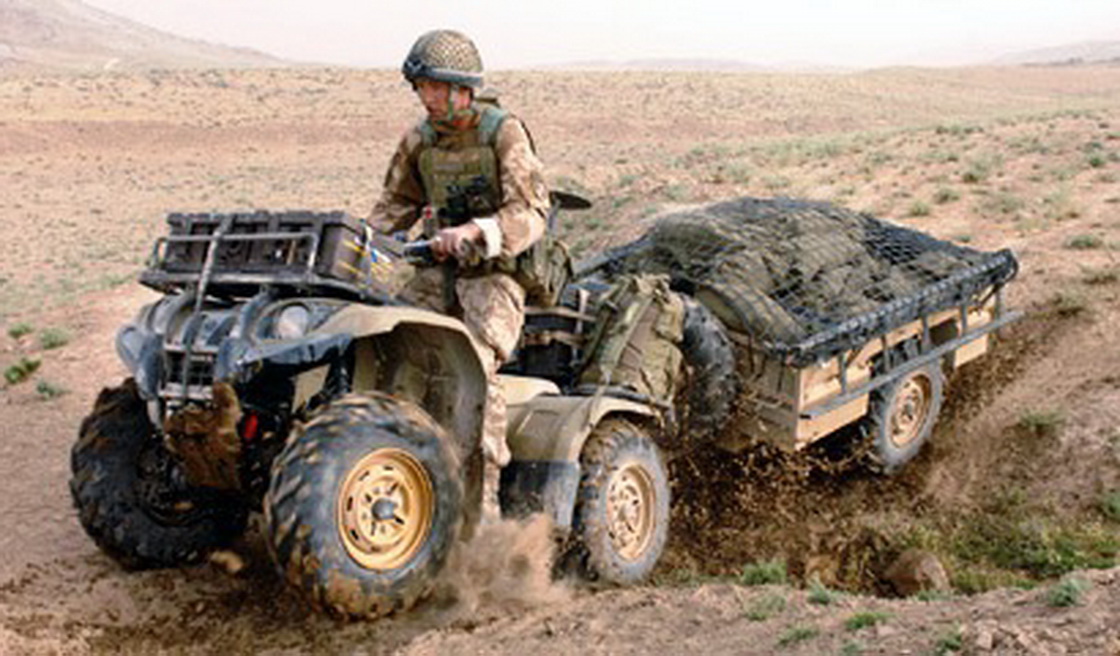 Shift your weight forward of the ATV, never suddenly open the throttle or change gears suddenly. Never drive up a hill at high speed.
Shift your weight forward of the ATV, never suddenly open the throttle or change gears suddenly. Never drive up a hill at high speed.
• Always follow the appropriate instructions from the Instructor when descending and braking on the hill. Inspect the road carefully before descending. Shift your weight back, never go down a hill at high speed. Avoid going downhill at an angle that could cause the ATV to lean to the side. Go straight down if possible.
• Always follow the appropriate Instructor's instructions for crossing inclines. Avoid slides on excessively slippery or damaged surfaces. Shift your weight to the side of the lift. Never turn the ATV around on a hill until you have mastered the turning technique. On level ground, avoid crossing steep hills whenever possible.
• To prevent the engine from stalling and the vehicle from reversing when entering a hill, use the appropriate gear and maintain a steady speed. If the engine stalls or the vehicle reverses, follow the Instructor's specific instructions.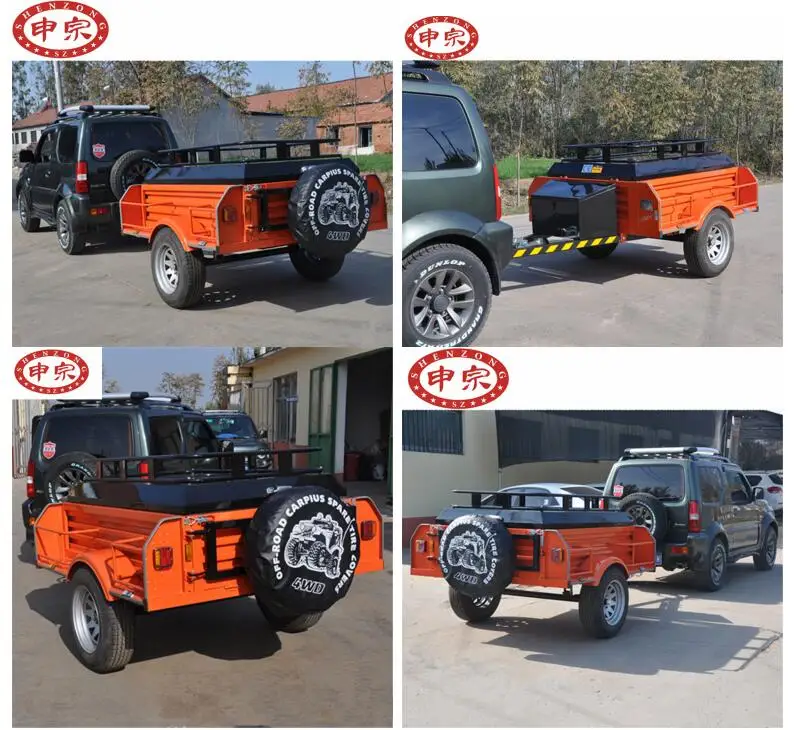
• Always check for obstacles in the road before operating the ATV in unfamiliar terrain. Never try to overcome large obstacles on the ATV, such as large rocks or fallen trees. Always follow the Instructor's specific instructions for overcoming obstacles.
• Be careful when skidding or skidding when practicing at low speed on a flat, smooth road. On extremely slippery surfaces such as ice, drive slowly and be very careful to reduce the risk of slipping or skidding.
• Start decelerating some time before stopping.
• Be aware that wet brakes reduce stopping power. Check your brakes after getting out of the water, if necessary, wait a while for the pads to dry out.
• Always be sure there are no obstacles or people behind you when you turn.
• Never exceed the ATV's stated load capacity. The load must be properly placed and securely attached.
• Never start the engine on a slope, as this may cause damage.
• Observe age guidelines: children under 16 are not allowed to operate an ATV.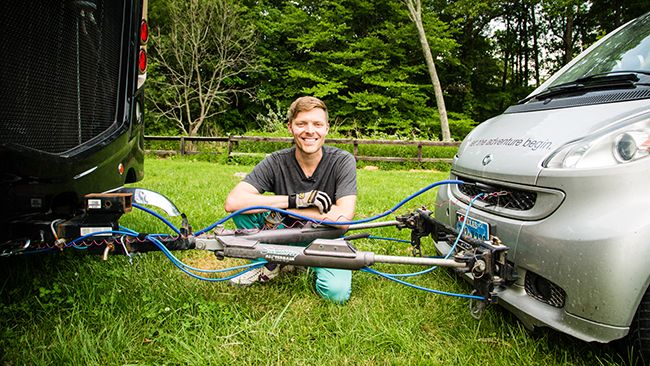 Do not allow a person who does not know how to operate the ATV in a safe manner to operate the ATV.
Do not allow a person who does not know how to operate the ATV in a safe manner to operate the ATV.
• Avoid riding the ATV on paved roads, including driveways, sidewalks, streets and car parks.
• If you need to stop (frozen helmet glass, hands, etc.) do not wait for the group to stop. Raise your left hand up (stop signal for ATVs following you) and gently come to a stop.
The instructor has the right to stop the tour early in case of violation of these rules!!!
To prevent ATV riding from ending up in a long hospital room:
Do not drive too fast. A four-wheel drive ATV is not a car or a motorcycle. It doesn't respond as well to the driver as a car, it can't lean quickly into a corner like a motorcycle. Remember that when riding an ATV it is very easy to roll over on level ground or even crash into a tree at full speed. For example, if a stump comes across in a field under tall grass, the ATV can run into it, and then the rider will fly over the steering wheel, or at least hit it.
Never ride an ATV alone. It is best to ride with someone in a pair on two ATVs. There are a lot of situations when a partner is needed. For example, it is very difficult to put an overturned ATV on wheels, and if it covered you from above, then you won’t even be able to get out from under it alone. The second ATV can pull the first one out of the swamp or tow it to the camp in case of a breakdown.
When passing a difficult obstacle, it is better to get out of the saddle and, carefully working with the brake and accelerator, walk alongside. You should also not go too deep into the water - you can fill the motor.
Place both feet straight on the footrests and hands on the controls.
Start the engine, let it warm up. After that, holding the brake, engage the gear.
Select direction of travel.
Release the brake and slowly press the throttle with your right thumb to start moving.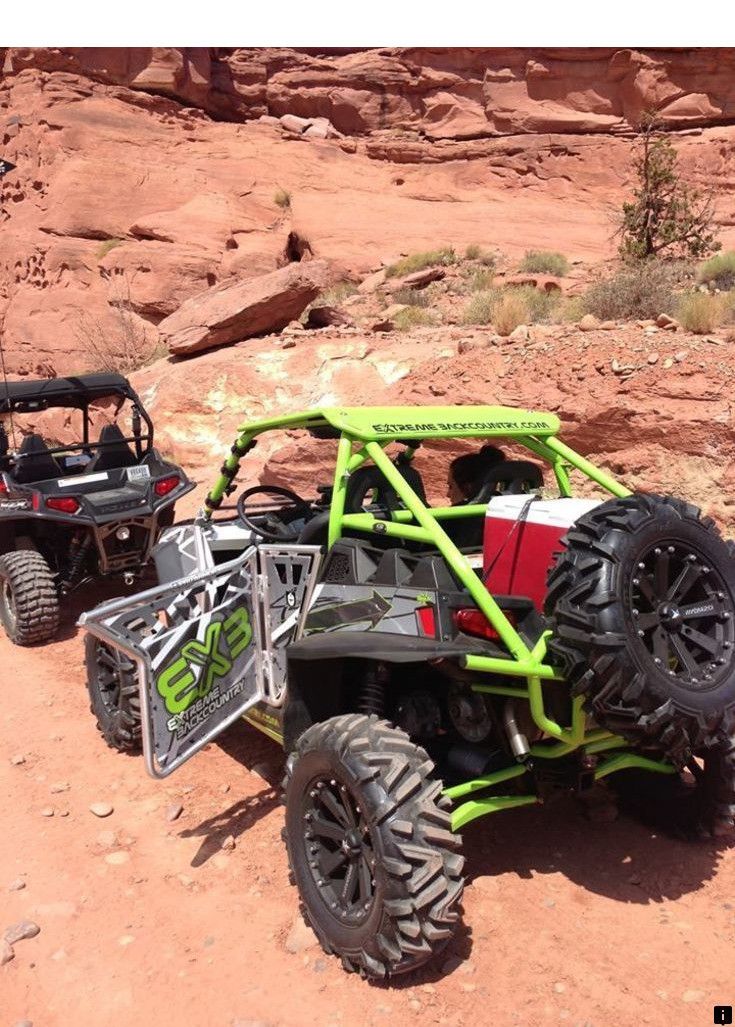 The speed of movement depends on how far the damper is open.
The speed of movement depends on how far the damper is open.
For starters, don't try to drive fast. It is better to learn how to maneuver, handle the brake system and throttle on level ground.
Turn the steering wheel in the desired direction. Tilt your upper body inward and rest your weight on the outside footboard. This will change the balance of traction between the wheels, and the turn will be made smoothly. Turns back are performed in the same way.
ATTENTION!!! ATVs are not designed to make sharp turns or turns at high speed!
When entering a slippery surface, slow down.
Avoid sharp and sharp turns, or the ATV will skid.
When skidding, turn the steering wheel in the direction of the skid and shift your body weight forward. Never slow down during a skid.
An all-wheel drive system can make driving on slippery surfaces much easier.
Climb up in a straight path.
ATVs are not designed for climbing steep hills (over 25°).
When lifting, keep both feet on the footrests and shift your body weight forward.
Drive at a steady speed with the throttle open.
When ascending, be fully prepared for an emergency.
If the ATV has completely lost forward speed, raise yourself up and apply the front brake. If there is a complete stop, apply the rear brake as well, and then set the gear selector to park.
If the machine rolls backward, it is necessary to get up and apply the front brake. After a complete stop, you can also apply the rear brake and move the gear selector to park mode.
ATTENTION!!! Crossing hills on an ATV is very dangerous! If possible, try to avoid hills when riding an ATV. Any incorrect action while crossing a hill can cause serious injury, or even death!!!
Any incorrect action while crossing a hill can cause serious injury, or even death!!!
If you still need to cross a hill with an ATV, please follow these rules:
Drive at low speed.
Tilt your torso towards the hill to transfer the weight of your upper body towards the slope. But be sure to keep your feet on the footboards.
In order not to lose direction, the machine must be steered slightly uphill.
If the ATV begins to tip over, quickly turn the front wheel downhill or leave the vehicle immediately.
When descending a slope, you need:
Move in a straight line.
Shift your body weight to the rear of the machine.
Drive at a slow speed, applying the brakes lightly.
Know how to operate the rear auxiliary brake lever.
If the machine stalls while lifting, do not let it roll down.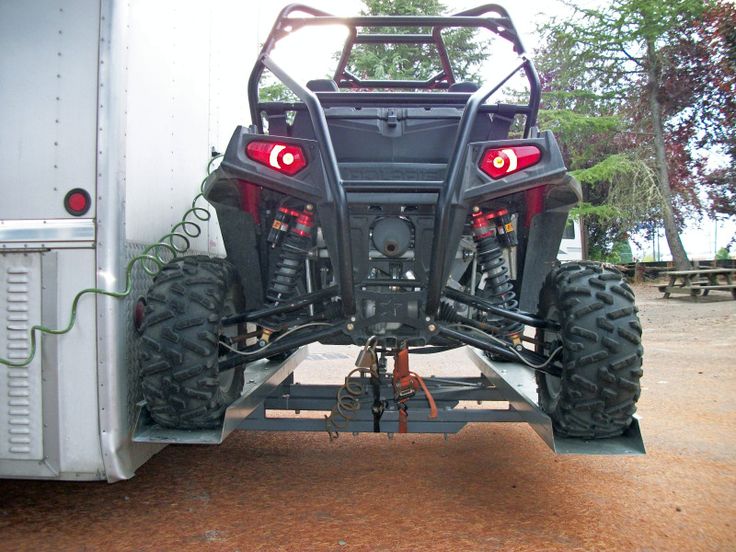 Do the following:
Do the following:
Stop and put the gear selector in park mode, raise yourself up.
Turn off the engine.
Get off the ATV on the side that is on top. If the ATV is pointing up in a straight line, then you need to get off on the left.
Stand at the top of the machine and turn the steering wheel fully to the left.
While holding the brake lever, place the shifter in first gear and allow the ATV to circle slowly to the right until the vehicle is across the slope or turns slightly down.
Shift the shifter into park and sit back on the ATV from the top side while supporting your body weight.
While holding the brake lever, start the engine while shifting the gear selector to first gear.
After releasing the brake, drive slowly until the ATV is on level ground. Control the speed with the brake.
You can cross shallow water on your ATV (the depth should not exceed the level of the footrests).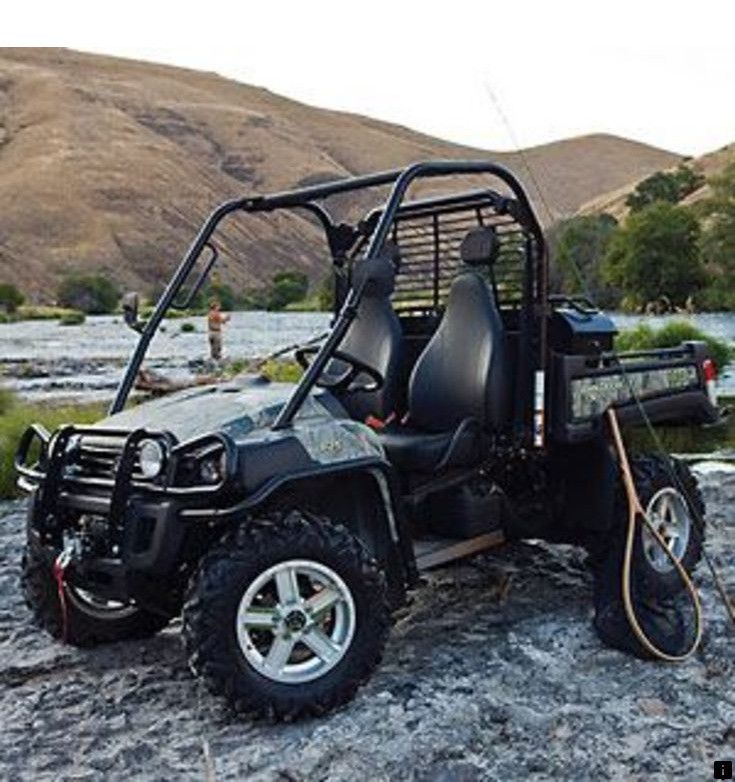 The following rules must be observed:
The following rules must be observed:
Before entering the water, assess the depth and speed of the current.
It is necessary to move the reservoir in the place where there is a gentle descent to the water.
Move slowly, avoiding rocks and other obstacles.
Dry the brakes after driving over water. To do this, lightly press the lever until the brakes start working correctly again.
photo azimutlife
CVT transmission is by definition more “gentle” than a mechanical or classic “automatic”. About the intricacies of the CVT relationship to towing - in the material of the AvtoVzglyad portal.
Maxim Stroker
The topic of problems for the variator due to towing should be considered from two points of view: when a car with CVT is dragged on a trailer and when it itself acts as a tractor.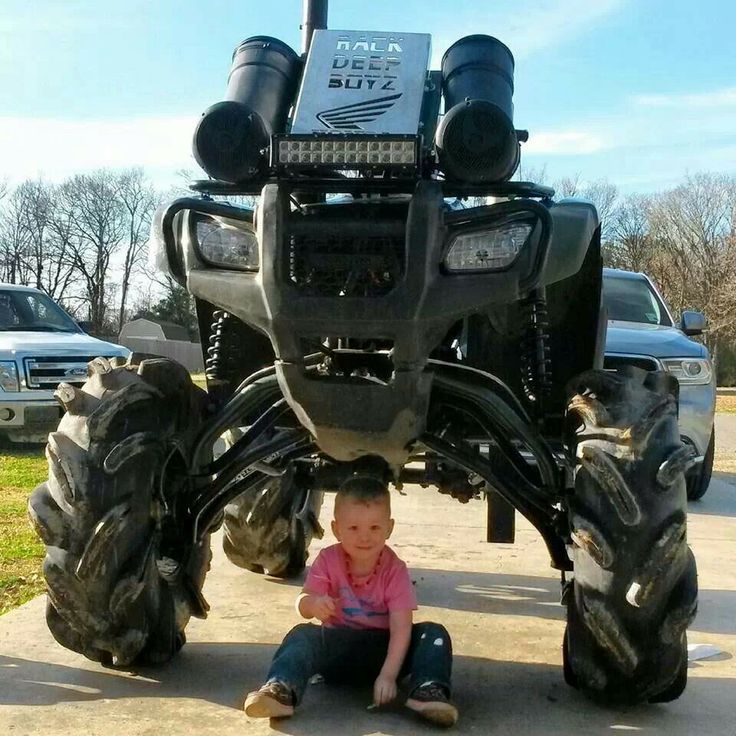
In the first case, you need to remember that in the CVT design, as in the "automatic", there is a torque converter responsible for transmitting torque from the engine to the gearbox. This is partly why the rules that apply when towing cars with automatic transmission are almost completely applicable to cars with a CVT.
That is, before starting towing, we put the transmission selector in neutral (position N), during towing we do not exceed the speed of 50 km / h and thus move the car with the CVT for a distance of no more than 50 km. If you need further, let the variator cool down, standing still for at least 50 minutes.
But, unlike the “automatic”, when towing the “variator”, the engine of the machine must be turned on in order to ensure the injection of working fluid into the hydraulic system of the gearbox. If you drag a car with a CVT with a muffled engine for even a short distance, an expensive repair of a “killed” transmission is inevitable.
photo: social networks
Now consider the case when a car with a CVT itself plays the role of a tractor.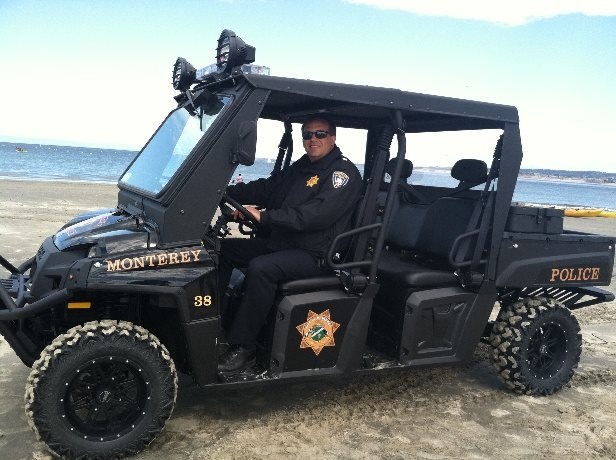 The design of the variator is based on a steel “belt” or chain that “clings” to the drive shafts only due to friction. If the force you force the machine to take is too high, this friction may not be enough and the belt/chain will slip over the shafts. Because of this, accelerated wear of the entire assembly occurs and a lot of metal chips appear in the working fluid, which guarantees serious trouble in the near future.
The design of the variator is based on a steel “belt” or chain that “clings” to the drive shafts only due to friction. If the force you force the machine to take is too high, this friction may not be enough and the belt/chain will slip over the shafts. Because of this, accelerated wear of the entire assembly occurs and a lot of metal chips appear in the working fluid, which guarantees serious trouble in the near future.
What this means in practice. When the car is relatively new or its variator has recently been well serviced, it is quite acceptable to tow light trailers. As a guide, you can take the passport maximum weight of your car. And load the trailer so that the total mass of the road train does not greatly exceed the value indicated in the "manual".
But you should refrain from towing another car with a car with CVT. If you do not plan to repair the variator, you should not offer him to pull such weights. Well, when a car with such a transmission is already, as they say, not the first freshness, then there is every reason to refrain from towing even ordinary trailers.